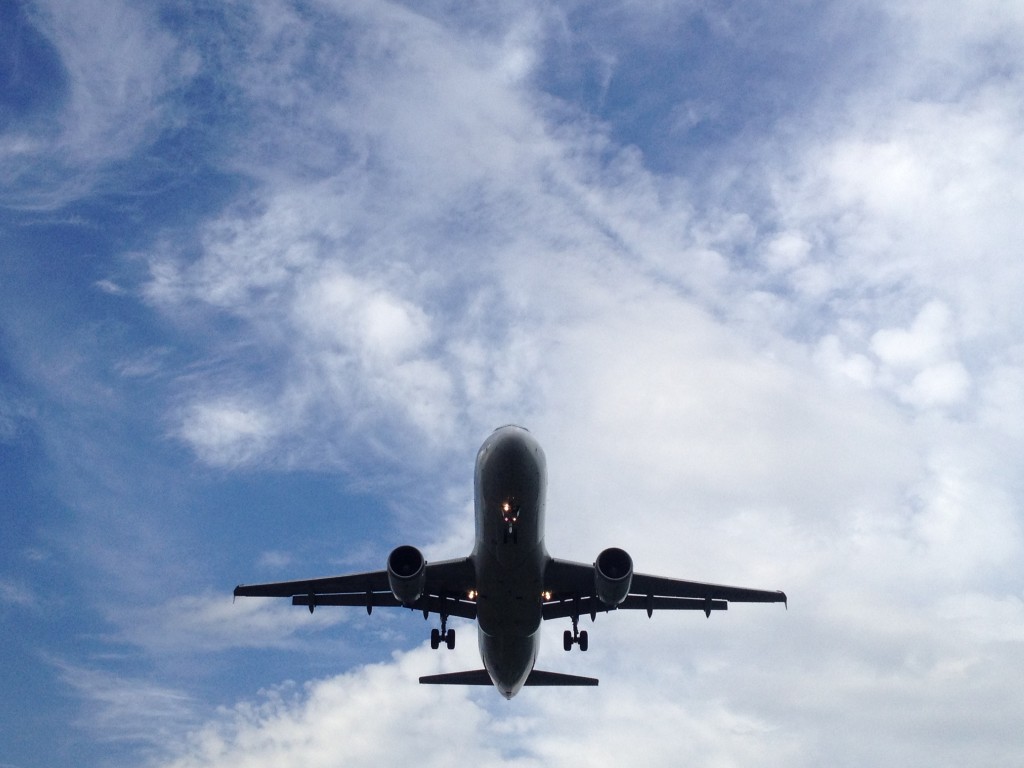Air Routes Fly in the Face of Regional Integration for Guyana and Suriname
A report on aviation released by the Inter-American Development Bank (IDB) late last year highlights the obstacles standing in the way of Guyana and Suriname’s integration with the rest of Latin America—mainly inefficient airports and restrictive air service agreements. The two countries, part of the “Guiana Shield,” are known as some of the world’s least connected, with both Latin America and the globe. Their respective official languages of English and Dutch separate them from the rest of Spanish and Portuguese-speaking South America and a lack of regular air travel costs the countries revenue in international trade and tourism every year.

The report specifically warns that the international airports in Georgetown and Paramaribo, their respective capitals, will not become global hubs anytime soon, mainly due to their aging infrastructure and low level of service. Additionally, neither airport maintains the requisite volume of “origin and destination traffic” to sustain expansion as a result of the countries’ small populations and low levels of tourism. Underdevelopment of airport infrastructure discourages airlines from opening new routes because of cost; the Paramaribo and Georgetown airports have the 7thand 8th highest cost per passenger of all airports in Latin America.
While a Panamanian airline recently connected Georgetown to Panama City, a major regional hub, the report also points out that restrictive air service agreements (ASA) hinder connection with some of South America’s largest hubs. Many agreements limit both the frequency and plane size with which airlines can operate certain routes and even restrict in which cities flights leaving the two countries can land, blocking planes coming to Paramaribo and Georgetown from hubs like Bogotá. Other agreements simply do not exist; for instance, for Guyana to begin regular non-stop service to Peru, Bolivia, Argentina, Paraguay, Uruguay or Ecuador, the Guyanese government would need to negotiate completely new ASAs. While these legal hurdles are only one of many factors limiting air travel out of the two countries, they pose a significant road block to transportation development in the future. As air travel continues to dominate international transportation in South America, Guyana and Suriname may continue to get left on the continent’s fringes.
